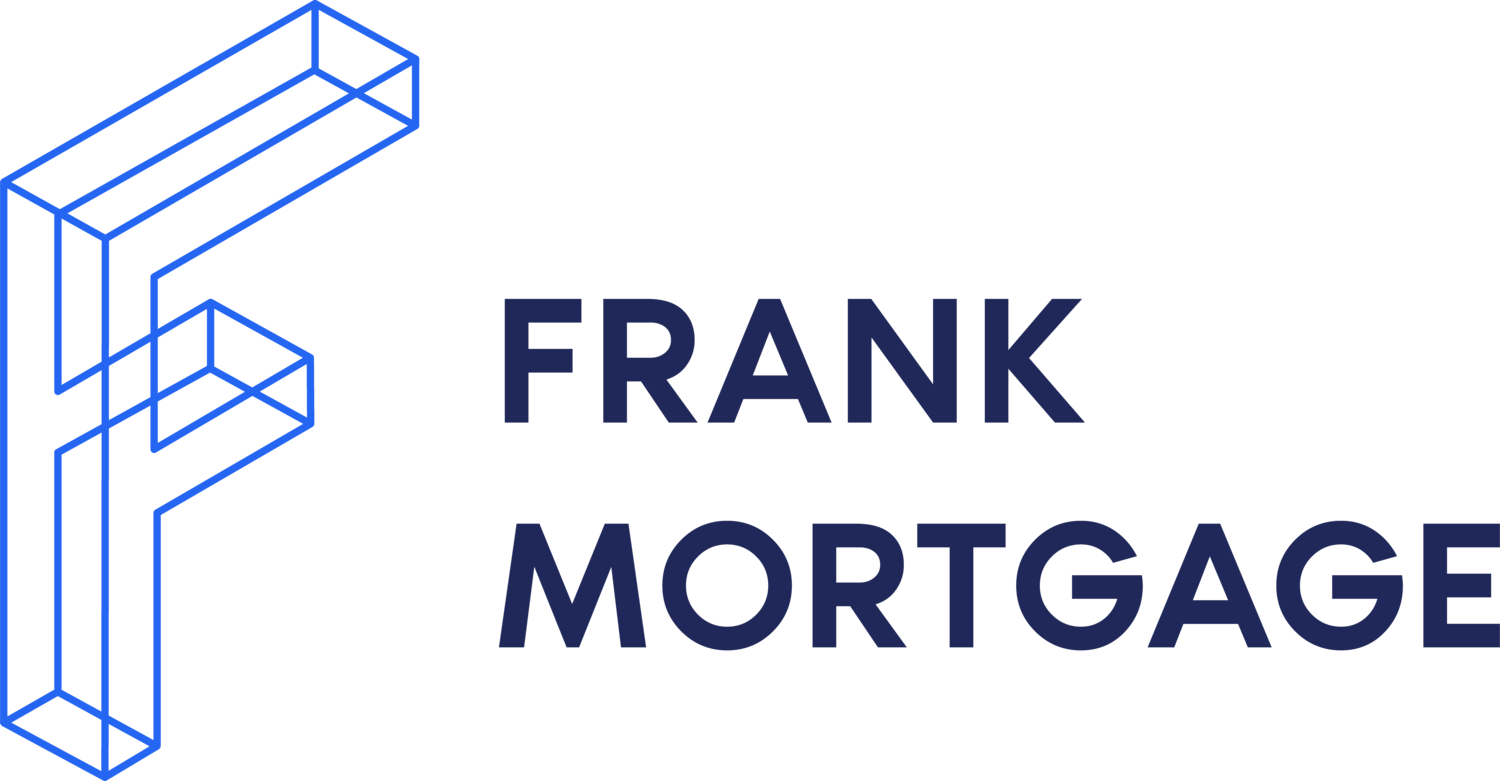New-To-Canada Mortgages
Key Mortgage Requirements For Newcomers to Canada
If you have recently moved to Canada and are looking to purchase a home, you can be eligible for mortgage financing through new-to-Canada mortgage programs at various lenders. Figuring out how to set up a bank account, start building a credit profile, find employment and shelter are not easy. However, once you have settled into Canada and with a little bit of knowledge and preparation, you can navigate the mortgage process and become a homeowner in Canada. To help you along the way, many large mortgage lenders offer programs for newcomers to Canada that have more lenient underwriting criteria than the traditional mortgage programs.
A newcomer to Canada must be aware that there are certain minimum requirements. These include being of legal age and having a steady income. If you meet those requirements, the biggest obstacles to getting a mortgage for a newcomer to Canada are, i) a lack of a Canadian credit history and ii) a limited Canadian employment history. However, new-to-Canada mortgage programs exist at many lenders that provide additional flexibility for newcomers. In order to assess your capacity to make timely mortgage payments and your suitability as a credit risk, they will dig into your situation and will demand supporting documentation.
Here are the things that a mortgage lender will look into when evaluating a new-to-Canada mortgage application.
Residency Requirements
To qualify with most mortgage lenders in Canada, you must have legal status. This means that you are a permanent resident, or you are a non-permanent resident with a work permit. There are many New-to-Canada programs available to permanent residents, meaning that if you have permanent residency status you will have multiple alternatives available to you if you meet the other lending criteria as well.
If you do not have permanent residency status, you may still be able to obtain a mortgage, but you will likely face stricter criteria, including a larger required down payment and higher interest rates.
To be considered a new immigrant for the New-to-Canada mortgage programs you will need to have been in Canada for less than five years.
Employment Requirements
You will need at least three months of consistent employment history. This is more lenient than most mortgage programs that require that applicants have been employed for at least two years and have a stable income. There can also be an exception to this if you are being relocated by your current employer.
Regardless of the lender, you will need to provide proof of employment and income, such as pay stubs, tax forms and a letter from your employer.
Down Payment Requirements
There are a few rules that determine your minimum down payment for a mortgage. A couple of things to first understand:
A down payment of less than 20% of the property value is only possible if the mortgage can be insured;
mortgage insurance is only available for mortgages on properties valued at less than $1 million; and
for any property that cannot be insured, the minimum required down payment is 20%.
If you are a newcomer that does not have significant savings for a large down payment you will need to qualify for one of the mortgage default insurance programs. The mortgage lender will arrange this, and you will need to pay the mortgage insurance premium, however this amount is usually added to the mortgage balance so you can pay it over the term of the mortgage.
The minimum down payment requirements for a new mortgage for a primary residence are:
for a property valued up to $500,000 that can be insured, 5% of the property value;
for a property valued between $500,000 and $1 million that can be insured; 5% of the first $500,000 in value and 10% of the value above $500,000;
if your property value is less than $1 million and you can’t qualify for the mortgage insurance programs; 20% of the property value;
if your property value is greater than $1 million, 20% of the property value (mortgage insurance is not available for properties valued over $1 million);
the lender may determine that your minimum down payment is 35% or more if you do not meet certain criteria, such as when you are not a permanent resident.
Credit History
If you are new to Canada, you may not have a Canadian credit history. This can make it more difficult to qualify for a mortgage. Some lenders may require additional documentation, such as proof of rental payments or utility bills, to help establish your creditworthiness.
It is best if you establish a credit history first. A record of making payments on a cell phone, credit card or cable bill will help you establish a credit payment history that will contribute to you being approved for a mortgage on better terms. Building your credit history as soon as possible has its advantages. If you do not have a Canadian credit history, it is likely that you will need to provide a down payment of at least 35% to get a mortgage.
Documentation Requirements
Mortgage lenders in Canada require documentation to support or prove your details regarding your income, employment, down payment, property, and identity.
Some of the most common documents lenders may ask for include:
Proof of income, such as paystubs. If you are not a salaried employee, you will need to prove income with bank statements and contracts for work;
Verification of employment such as a letter of employment;
Purchase and Sale Agreement for the property being purchased and financed;
Proof of down payment. Lenders will want to know the source of the funds;
Documentation confirming permanent resident status, landed Immigrant status or a valid work permit;
Credit bureau report. Your Canadian credit bureau is used to assess your creditworthiness. It may be possible to have a lender consider an international credit bureau as well;
To support your creditworthiness a recommendation letter from a financial institution;
Bank statements - if your down payment amount is less than 10%, twelve months of bank statements showing rent and utility payments. If your down payment is 10% or more, six months of bank statements showing rent and utility payments;
The lender may ask for a letter from your current landlord confirming your residency and payment history;
Proof of savings or other assets.
Work with your mortgage broker or lender to fully understand the documentation requirements for the mortgage you are considering and prepare ahead of time to have the documents ready when they are needed.
Other Mortgage Underwriting Requirements
Newcomers need to pass the debt ratio tests applicable to all Canadian mortgage borrowers. Lenders measure two debt-service ratios:
GDS Ratio - the percentage of gross annual income that is needed to pay all costs associated with housing. The most common formula is:
mortgage payment + property taxes + heating + 50% of condo fees (if applicable) / gross household income.
The GDS ratio is capped by most lenders at 39%.
TDS Ratio - The percentage of the borrower's income that is needed to cover housing costs plus any other monthly obligations that an individual has, such as credit card payments and car payments. The most common formula is:
mortgage payment + property taxes + heating + 50% of condo fees (if applicable) + other debt payment obligations / gross household income.
The TDS ratio is capped by most lenders at 44%.
Newcomers are also subject to the mortgage stress test that requires you to pass these debt service ratios using a mortgage rate that is the greater of:
i) your contract mortgage rate plus 2%, or
ii) 5.25%.
For example, if your contract mortgage rate is 5%, you will need to qualify at a rate of 7% (5% plus 2%), since it is greater than 5.25%.
Note that your foreign debt will be included when calculating your debt service ratios.
The Steps You Should Take to Apply For a New-to-Canada Mortgage
Start building a credit history in Canada;
Start to save money and determine how much of a down payment you can afford;
Get prepared - talk to a mortgage broker to understand what lender alternatives might work for you;
Determine how much you can borrow;
Determine the mortgage payment you can afford;
Find a real estate agent to show you homes that fit within your budget.
Do not allow a mortgage broker or realtor to push you into an outcome. Only you know what mortgage and what house is right for you. You can be in control of your home buying journey if you properly prepare.
Conclusion
The process of getting a mortgage as a newcomer to Canada can be challenging, but it is possible with the right preparation and an understanding of the requirements. It is important to research the different programs available and to work with a lender who is experienced in helping newcomers to Canada. Each lender has their own underwriting criteria and there are subtle differences between them. Working with a knowledgeable mortgage broker is the best way for you to gain an understanding of which lender programs might work best for you.
We caution you to talk to as many mortgage brokers as it takes to find one you are comfortable with. You should not be pressured into signing or committing to anything. A good broker will simplify the mortgage process for you and a positive result can be obtained without any pressure or adverse sales pressure. Do your research and be prepared. With a little bit of effort and determination, you can be on your way to becoming a homeowner in Canada.
At Frank Mortgage we have licensed mortgage advisors ready to assist you with your mortgage needs. For newcomers to Canada we can patiently guide you through the process to deliver you your best outcome. That is our only goal – positive customer outcomes.
Please reach out to us at 1-888-850-1337 or find us at www.frankmortgage.com and let us show you an honest, open and frank approach to your Canadian mortgage.

Don Scott
Don Scott is the founder of a challenger mortgage brokerage that is focused on improving access to mortgages. We can eliminate traditional biases and market restrictions through the use of technology to deliver a mortgage experience focused on the customer. Frankly, getting a mortgage doesn't have to be stressful.
Connect with Don on LinkedIn!


